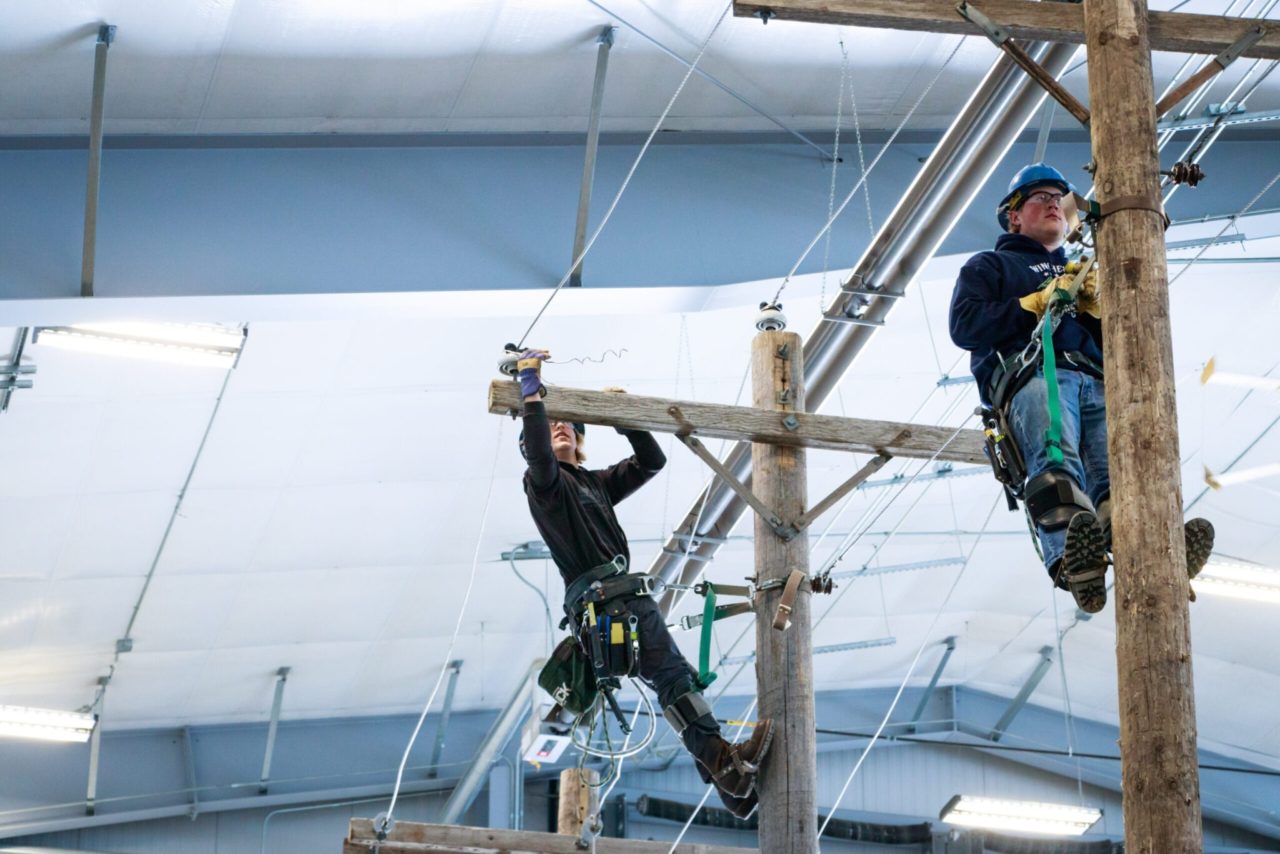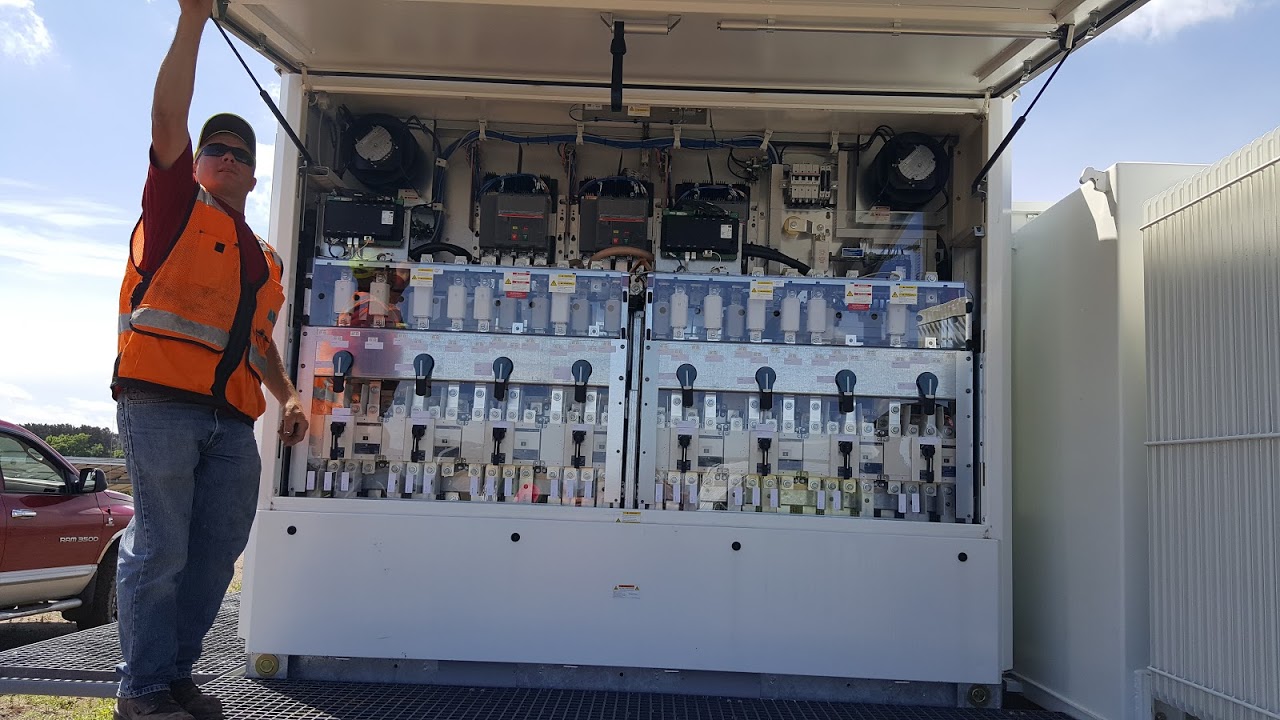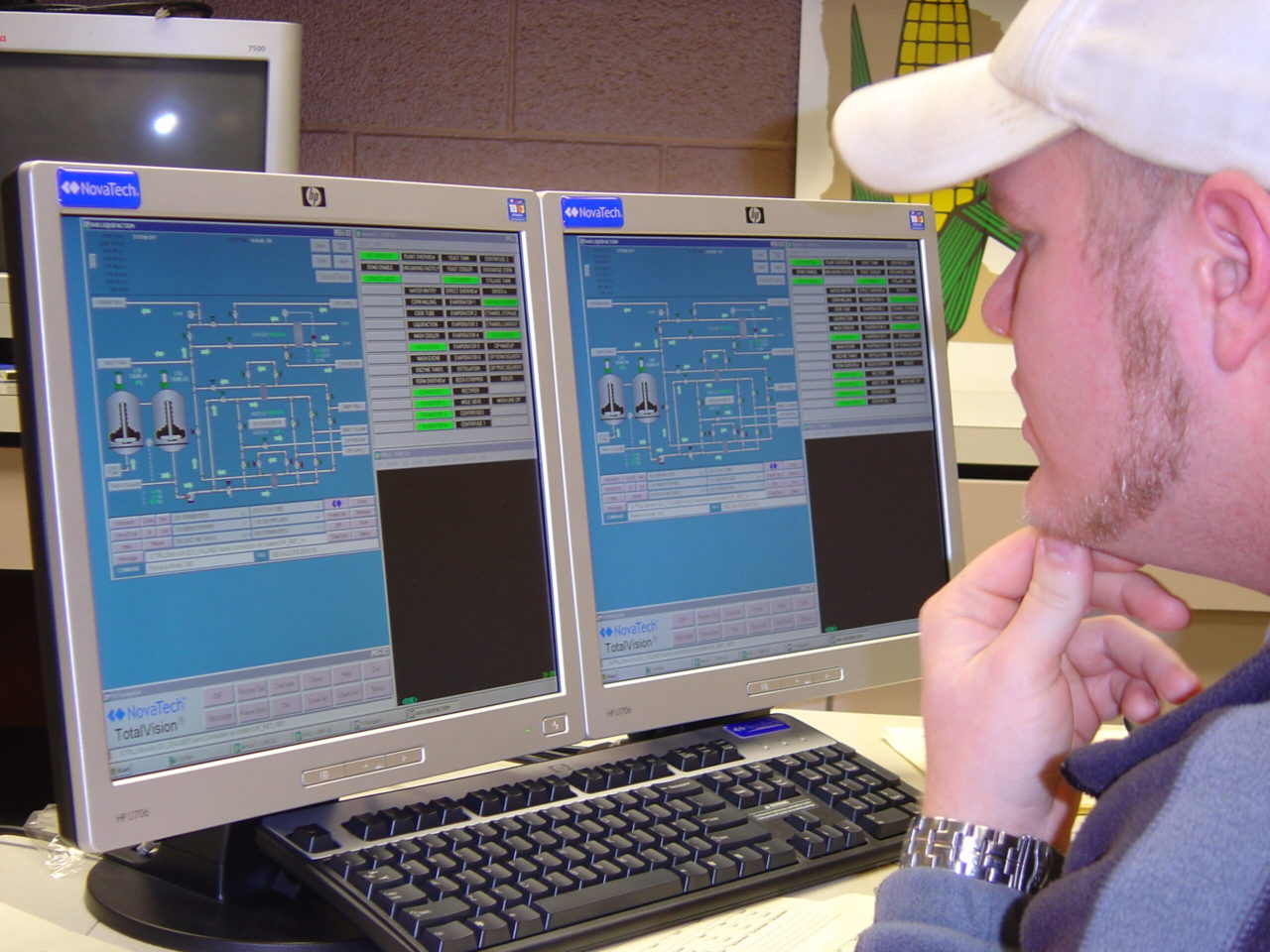Solar panel manufacturer Heliene, which currently employs about 75 people at its Mountain Iron facility, is planning a $21 million expansion, with state and local governments are chipping in millions for the project.
September 13, 2021
Minnesota lawmakers made headlines earlier this year when they approved a bundle of financial incentives to draw a timber product mill to the city of Cohasset in northern Minnesota.
But the Legislature, along with state and county officials, also threw down cash for another project aimed at economic development in northern Minnesota: The expansion of a plant in Mountain Iron — a city of 2,800 people between Virginia and Hibbing — that manufactures solar panels.
Part of an effort to diversify a regional economy reliant on natural resources like wood and iron ore, the plant — run by Ontario-based Heliene, Inc. — is expected to be the second-largest solar panel manufacturing plant in the country once the new project is done.
Martin Pochtaruk, Heliene’s president, said the company aims to help the U.S. meet new goals announced by President Joe Biden to produce half the nation’s electricity via solar energy by 2050. “Our product, made in Mountain Iron, Minnesota, is the simplest renewable energy engine to such electrification,” Pochtaruk said last week at the new facility’s groundbreaking ceremony.
Heliene leases an industrial park that Mountain Iron officials built in 2010 specifically to lure green energy projects. Craig Wainio, the city administrator, said the area’s economy has been dependent on mining and forestry and Mountain Iron officials saw renewable energy as an opportunity for future development.
The business park, across the street from an entrance to U.S. Steel’s enormous MinnTac taconite mine, was first occupied by another solar panel manufacturer: Silicon Energy. But that company closed up shop in 2017 and garnered controversy for its dismal output — despite receiving millions from the state of Minnesota and local governments.
Heliene moved in later that year to the building, which sits on Silicon Way, on the outskirts of a town with street names like Mineral Avenue, Granite Street and Agate Street. “From there it’s just taken off,” Wainio said.
Pochtaruk said the company has typically employed about 75 people over the last three years, making it a relatively large employer in the area outside of mining and schools. About half of the sales from the Mountain Iron facility have been to Minnesota companies, Pochtaruk said, though Minnesota is expected to make up a smaller share of sales after the expansion. Two of Heliene’s larger Minnesota customers are the Duluth-based utility Minnesota Power and Minneapolis-based U.S. Solar, a company that has built many community solar gardens in the state.
Heliene is planning to employ another 60 people after the roughly $21 million facility expansion. The campus will grow from about 27,000 square feet to 95,000 and will include a new production line, plus extra storage and office space. Heliene, which also has production facilities in Canada and Florida, says it will more than triple its manufacturing capacity in Mountain Iron. The company says it plans to start construction in September and begin manufacturing at the new space in June.
While Heliene is chipping in about $9.5 million for the new manufacturing line, state and local governments are also pouring in millions for the new building. The Legislature is contributing $5.5 million to Mountain Iron for the expansion, while the state’s Department of Employment and Economic Development and Iron Range Resources and Rehabilitation Board (IRRRB) each provided a $2.75 million loan for the project. St. Louis County offered a $1 million grant.
Mark Phillips, commissioner of the IRRRB, said the “heavy lifting really was at the Legislature.” Supporters tried for two years to get money for the plant expansion at the Capitol. In 2020, the measure didn’t get a hearing in the Republican-led Senate, but in the closing days of the regular session, Chisholm Sen. David Tomassoni — who was a Democrat at the time — and Sen. Torrey Westrom, R-Elbow Lake, tried to add the grant money to a package of environmental legislation up for a vote on the Senate floor. (The amendment also included money for research of ammonia produced by renewable energy.)
The bipartisan move drew some attention on the Senate floor, but Westrom withdrew the amendment when Republican leaders said that the projects, while worthy of consideration, were not part of a deal negotiated with Democratic House leaders and Gov. Tim Walz. “We had that debate on the floor where we felt like we had a chance,” Tomassoni said last week. “Then it died, which is one of the reasons that I was a little skeptical that we were ever going to get it done.”
In 2021, Tomassoni left the DFL to become an Independent and chaired a committee in collaboration with the Republican Senate. Still, the Senate didn’t originally include the Mountain Iron solar project money sponsored by Tomassoni in the energy budget eventually passed by the chamber. The money was added to the bill by Sen. David Senjem, R-Rochester, on the floor shortly before a vote. The Legislature later approved the cash as part of a broader deal on energy policy.
What changed?
“I said ‘I’m not going home without this,’” Tomassoni said. “Jobs on the Iron Range are something that people have always talked about — diversifying the economy. What better opportunity to have solar panel manufacturing, the only one in the upper Midwest and one of the largest in the country right here in the Iron Range.”
Lawmakers at the event also said Rep. Dave Lislegard, DFL-Aurora, championed money for the project in the Minnesota House, and the expansion eventually had a long and bipartisan list of supporters; the company released a set of friendly quotes from Walz, Minnesota’s two U.S. senators and 8th Congressional District Rep. Pete Stauber.
The $5.5 million from the Legislature came out of the state’s Renewable Development Account, which pays for clean energy projects with fees levied on Xcel Energy for storing nuclear waste in the state. State law says the money is supposed to benefit Xcel customers.
State Rep. Jamie Long, a Minneapolis DFLer who chairs the House’s Climate and Energy Finance and Policy Committee, said Mountain Iron isn’t in Xcel’s service territory. But he said many of the solar panels Heliene produces are sold in the Xcel territory, so there is a “broad benefit from the expansion.”
Peter Teigland, director of policy and regulatory affairs for the Minnesota Solar Energy Industries Association, said at a March hearing in the state House that Heliene makes the “highest quality solar modules available” and said much of the solar development in Minnesota takes place in Xcel’s service territory — justifying use of the nuclear waste money.
At the groundbreaking ceremony at the Heliene facility Thursday, Pochtaruk, the Heliene president, had a surprise. Holding back tears, he announced the new expansion project would be named after Tomassoni, who recently announced he has been diagnosed with ALS. After the two embraced, workers at the plant marched out a green and red banner reading: “Senator David J. Tomassoni Solar Manufacturing Facility.”
“Well it’s overwhelming because there’s any number of people that were here today they could have picked the name after,” Tomassoni said afterwards. “I’m just honored by it, and I appreciate the fact that people are recognizing the hard work we had to do to get this done.”



 Connect
Connect
